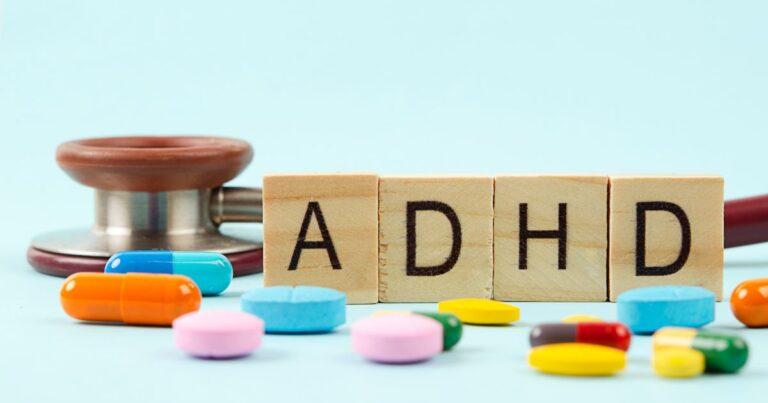
How to diagnose adult ADHD
Diagnosing ADHD in adults requires a comprehensive clinical assessment based on DSM-5 criteria, including a detailed history of symptoms, functional impairment, and collateral information.
The recommended diagnostic process includes:
- Clinical interview: Obtain a thorough history of current and childhood symptoms, focusing on their onset, persistence, and impact on daily functioning. Retrospective assessment of childhood symptoms is essential, as many adults may not have been diagnosed earlier.[1][3-4]
- Collateral information: Gather input from family members or close contacts to improve diagnostic accuracy, as self-report alone may be unreliable.[1-2][5]
- Validated rating scales: Use tools such as the Adult ADHD Self-Report Scale (ASRS) or the Adult ADHD Clinical Diagnostic Scale (ACDS) to systematically assess symptom severity and breadth.[2][4][6]
- Assessment of comorbidities: Rule out other psychiatric or medical conditions that may mimic or contribute to ADHD symptoms, such as mood disorders, anxiety, substance use, or sleep disorders.[1-3]
- Functional impairment: Confirm that symptoms result in clinically significant impairment in social, academic, or occupational functioning.[1][3-4]
Neuropsychological testing may supplement the assessment, but is not required for diagnosis; its main utility is in complex cases or when differential diagnosis is challenging.[5]
The following table summarizes the DSM-5 diagnostic criteria for adult ADHD, which should be systematically evaluated during the assessment:
References
Volkow ND, Swanson JM.
The New England Journal of Medicine. 2013;369(20):1935-44. doi:10.1056/NEJMcp1212625.
Olagunju AE, Ghoddusi F.
American Family Physician. 2024;110(2):157-166.
Posner J, Polanczyk GV, Sonuga-Barke E.
Lancet (London, England). 2020;395(10222):450-462. doi:10.1016/S0140-6736(19)33004-1.
Ustun B, Adler LA, Rudin C, et al.
JAMA Psychiatry. 2017;74(5):520-527. doi:10.1001/jamapsychiatry.2017.0298.
Nikolas MA, Marshall P, Hoelzle JB.




